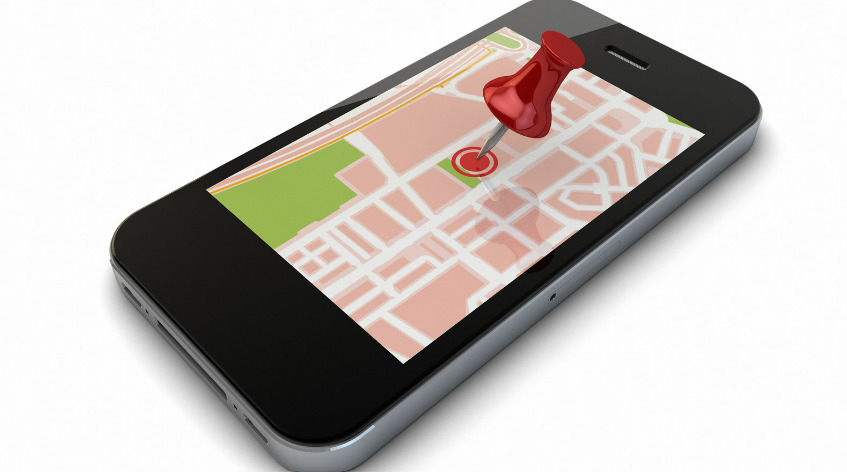When it comes to comparing US Cellular coverage with Verizon, many factors need to be taken into consideration. Both carriers have extensive networks across the United States, but their coverage maps may vary in certain areas. As an expert, I’ll provide you with some insights that can help you make an informed decision about which carrier might be the best fit for your needs.
Verizon is known for having one of the largest and most reliable networks in the country. With a wide coverage footprint, they offer strong signal strength even in rural and remote areas. This makes them a popular choice for those who frequently travel or live in areas where other providers might struggle to deliver consistent service.
On the other hand, US Cellular has been expanding its coverage and improving its network infrastructure over the years. While not as extensive as Verizon’s, they do have a robust presence in certain regions and often focus on providing reliable service in smaller communities. If you spend most of your time within their coverage area, US Cellular could be a viable option worth considering.
It’s important to note that no carrier can guarantee perfect coverage everywhere. Factors such as terrain, building structures, distance from cell towers, and network congestion can all impact signal quality. Before making a decision, I recommend checking both carriers’ coverage maps and considering any specific locations where you’ll need reliable service. Verizon Coverage Map: An Overview
US Cellular Coverage Map vs Verizon
US Cellular Coverage Map: A Comparison
When it comes to comparing the US Cellular coverage map with Verizon’s, there are a few key factors that set them apart. While Verizon is known for its extensive nationwide coverage, US Cellular offers a more localized approach, focusing on rural and suburban areas.
In terms of population coverage, Verizon takes the lead with a larger network footprint across the country. Their towers reach more densely populated regions and major cities, providing reliable service to millions of customers. On the other hand, US Cellular shines in delivering coverage to remote locations where other carriers may struggle.
Understanding US Cellular Coverage Areas
US Cellular prides itself on offering robust coverage in areas often overlooked by larger carriers. They prioritize expanding their network in rural communities and smaller towns where connectivity can be limited. This focus allows them to serve customers who may not have access to high-speed internet or reliable cell service through other providers.
In addition to rural regions, US Cellular also provides extensive coverage in suburban areas outside major metropolitan cities. This makes it an appealing choice for those living on the outskirts but still wanting strong signal strength and fast data speeds.

Factors Affecting US Cellular Coverage
Several factors influence the quality of US Cellular’s coverage within their designated areas:
- Tower Density: The number of cell towers within an area greatly impacts signal strength and reliability. Higher tower density translates into better overall coverage.
- Spectrum Availability: The availability of different frequency bands plays a role in determining how well signals can penetrate obstacles like buildings or foliage.
- Topography: The geographical features of an area affect signal propagation as well. Hilly terrains or dense forests may pose challenges for maintaining consistent cellular reception.
- Network Infrastructure: Investments in infrastructure upgrades such as 5G expansion contribute to improving overall network performance.
By focusing on these factors, US Cellular aims to provide customers with a reliable and efficient cellular experience, despite the challenges posed by varying landscapes and population densities.
In conclusion, while Verizon may have broader nationwide coverage, US Cellular caters to those in rural and suburban areas with their localized approach. Understanding the differences between these two carriers’ coverag


